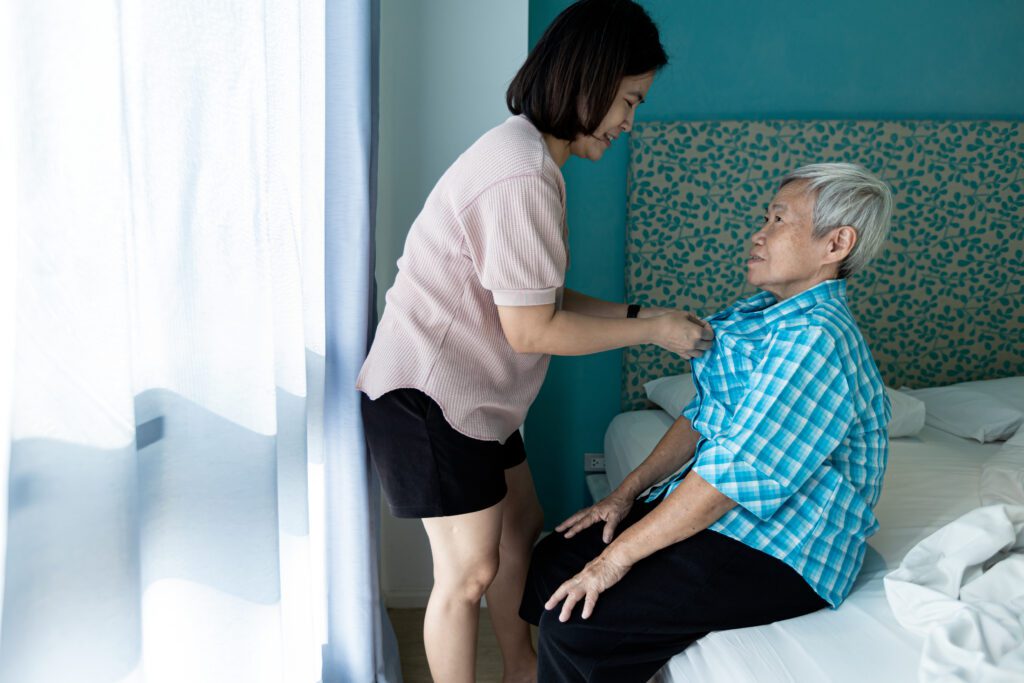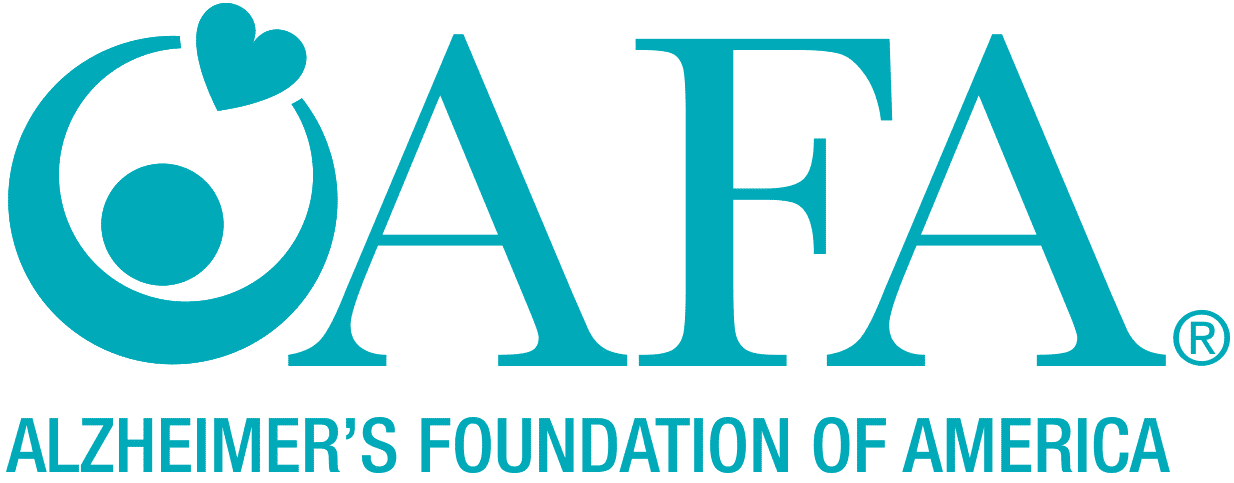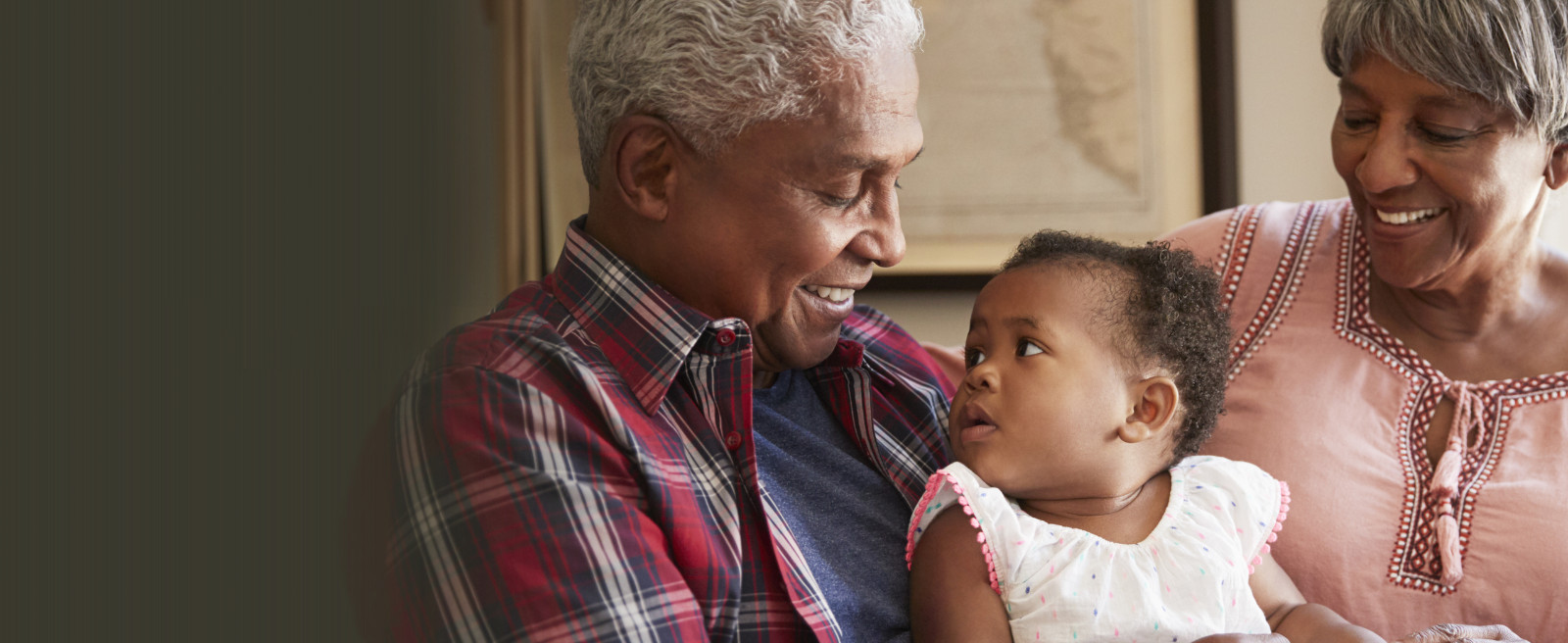CHANGING PLACES
When is the “Right” Time to Move a Family Member to a Care Community?

It can be years that a family manages at home, sometimes with the help of homecare aides, the slow changes that are occurring in the physical, cognitive, and daily-living abilities of a loved one diagnosed with Alzheimer’s or another dementia-related illness.
ARE THEY SAFE?
Pam Ostrowski, author of It’s Not That Simple: Helping Families Navigate the Alzheimer’s Journey, and Founder of Alzheimer’s Family Consulting, LLC, says, “Safety is the biggest driver for moving into a care community (assisted or memory). When we refer to safety, we’re talking about a person who takes their purse (full of flammable things) and puts it in the oven and turns it on. Or walks out of their home when it’s 100 degrees out and can’t find their way back.”
“Eating and drinking are the second key drivers for a move, particularly if the loved one with Alzheimer’s lives alone,” adds Ostrowski. “If someone with mid-stage Alzheimer’s has no family to bring them groceries, how do they get food? The next problem is that they don’t know if they’ve eaten.”
“Their hunger cues are askew, and so they tend to lose weight,” says Ostrowski. “They also don’t know if they’re eating spoiled food. Nutrition declines rapidly. The situation is exacerbated further by the lack of proper hydration. Seniors tend to drink less water.”
IS IT REALISTIC?
“While aging in place, that is, staying at home for as long as possible, is the ideal scenario for most families these days, it can be impractical or unrealistic for many,” says Suzanne Hanas, RN, BSN, CEO/Owner, Premier Life Planning Care Management, Newport Beach, CA, and Premier Geriatric RN, based in Virginia and Washington, DC. “When home health aides are needed, family members are also needed to be around to supervise.” If relatives are living long distance, this becomes untenable. “It’s like running a company,” says Hanas. “You have to make sure the aides show up; and when they don’t, you need to have alternative agencies as backup.” Hanas’ consulting firm provides registered-nurse clinical assessments that help families determine what their loved one is capable of managing on their own, so that they can find the best care possible.
IMPORTANCE OF PLANNING AHEAD
Faraz Kayani, Executive Director at The Bristal at York Avenue in New York City, explains that “it will start with the family member having sudden changes that require more care and attention; and this will lead to the family caregiver being more exhausted, both physically and mentally. This juncture then prompts that phone call to an assisted living facility. It’s best for the family caregiver to proactively consider a transition to assisted living prior to reaching that state or situation. When we look for help only in case of a crises, we may end up having little time to make a sounder decision.”
Adds Hanas, “The best way to plan is to know how hard it is in the beginning. To be presented with the what ifs. What should I have as an alternative? You are never 100% sure of what’s going to happen, regarding your health and your safety—or that of your loved ones. You should always have a plan.”
This article originally appeared in Alzheimer’s TODAY, Volume 16, Number 1, published by AFA. View the entire issue here.


